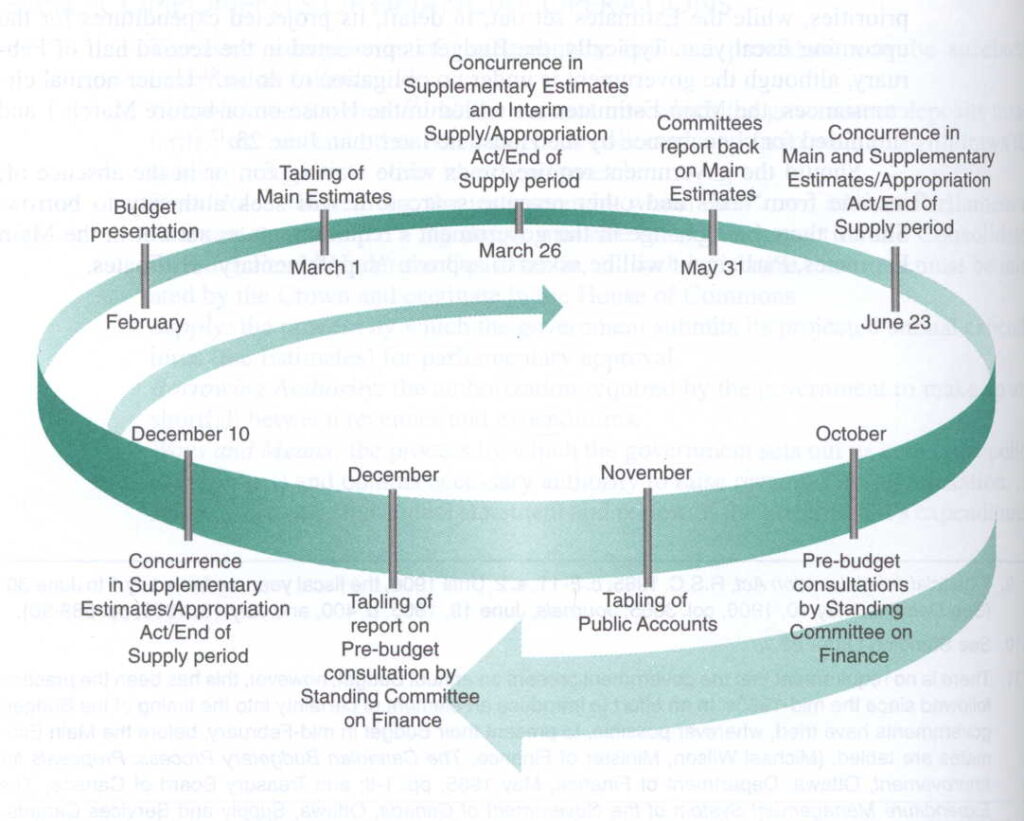
Introduction to the Canada Budget Cycle
The budget cycle in Canada is a critical component of the country’s financial planning and economic governance. It outlines how the government allocates resources, funds various programs, and ensures fiscal responsibility. As Canada navigates various economic challenges, understanding the budget cycle becomes increasingly relevant for citizens, policymakers, and businesses alike.
Phases of the Canada Budget Cycle
The Canada budget cycle typically consists of several key phases, including:
- Preparation: This initial phase involves gathering data, analyzing economic trends, and consulting with various stakeholders, including provincial governments, businesses, and the public.
- Drafting: Once the data is collected, the government drafts the budget. This includes discussions on revenue sources, expenditures, and prioritizing different sectors such as healthcare, education, and infrastructure.
- Presentation: The budget is presented to Parliament, usually in late March or early April. This presentation includes key highlights and the government’s vision for fiscal policy.
- Approval: Parliament debates and votes on the budget, which may lead to amendments and revisions. The approval process is crucial to ensure a balanced approach to spending and revenue generation.
- Implementation: Once approved, the budget takes effect. The government then monitors expenditure and revenue collection throughout the fiscal year to ensure compliance with budgetary provisions.
- Review: At the end of the fiscal year, a comprehensive review is conducted to assess the budget’s impact and identify areas for improvement in the next cycle.
Current Trends and Challenges
In recent years, Canada has faced numerous economic challenges, including the impacts of the COVID-19 pandemic. The federal budget has emphasized recovery strategies, focusing on healthcare, job creation, and support for small businesses. The current cycle reflects a commitment to balancing fiscal responsibility with stimulating growth to ensure long-term economic stability.
Conclusion
Understanding the Canada budget cycle is essential for recognizing how fiscal policies affect everyday life. As the government adapts to economic shifts and emerging challenges, citizens must stay informed about budgetary decisions that directly influence their communities and livelihoods. The next budget cycle will likely involve continued emphasis on recovery and resilience, paving the way for a more robust economic future for Canada. Keeping a close eye on these developments can help Canadians prepare for the financial landscape ahead.



